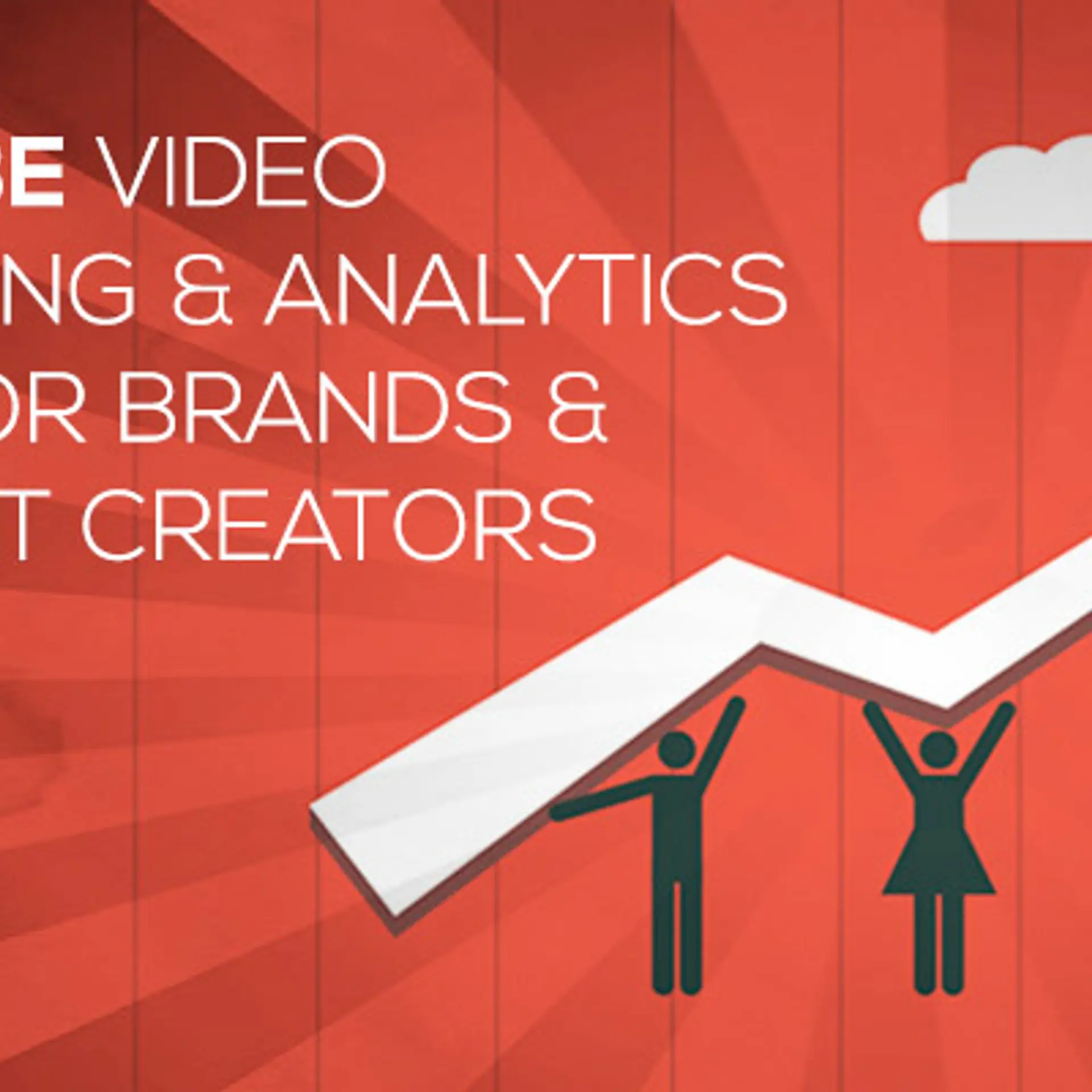This startup looks to revolutionise marketing and product discovery with AR
In an interview with YourStory, Sravanth Aluru, Gaurav Baid and Mayank Tiwari, founders of Avataar.me, discuss the possibilities of Augmented Reality technology in marketing today, and the future of the industry.
At the beginning of this year, Facebook founder and CEO Mark Zuckerberg outlined some of the things that he felt will be important in the next decade. Among these, Augmented Reality (AR) and Virtual Reality (VR) were mentioned.
Zuckerberg said that such technologies are about delivering a sense of presence. “Instead of having devices that take us away from the people around us, the next platform will help us be more present with each other and will help the technology get out of the way,” he wrote in his post.
“I think these will be the most human and social technology platforms anyone has built yet.“
As tech giants like Apple and Google race to be ready for the consumer inflection in the future, , a Bengaluru-based AR advertising platform, is looking to tap into the opportunities of the present.
Founded in 2014, Avataar.me leverages mobile AR technology to offer highly immersive 3D extended reality (XR) and AR product discovery experiences for companies engaged in digital and digitally-influenced commerce. With clients that include Amazon and BMW, and partnerships with Instagram and Facebook, Avataar.me claims to provide a 150 percent uplift in click through rate (CTR), if 2D modes of advertising such as text, images and video were to be replaced with their offerings.

To understand the possibilities of AR in marketing today, the impact of COVID-19 and the future of the industry, YourStory spoke to Avataar.me’s founders Sravanth Aluru, Gaurav Baid and Mayank Tiwari.
YS: What makes AR such an engaging medium?
Sravanth Aluru [SA]: About 60 percent of our sensory perception is visual, while 20 percent is audio, and the others are captured by the remaining senses. We perceive depth in our physical reality but our screens are all 2D, and it takes out that little bit which is important to our sensory perception. If you look at the audio industry, providing spatial depth to audio makes for a lot of use cases that are value propositions for consumers in the industry, right from surround sound to noise cancellation. Our focus has been on tapping into that opportunity and if we could do it on the vision spectrum, it will be a lot more premium than what audio saw in the last few decades.
Gaurav Baid [GB]: A 2D video is a one-way push of a static narrative of, say, 60 seconds. However with interactive 3D, engagement is a two-way interactive experience, where the user can choose to consume content impulsively e.g. a smartphone unboxing experience could have options that cover the hero features of the product such as its processor/memory spec highlights, the camera features, or the headphones that come along. Now a music enthusiast would look at the headphones first, while a photography enthusiast would consume the camera feature, and a gamer may go for the specs first. This makes it a far more personalised journey and based on consumer’s preference and intent as compared to a 2D video format.
YS: Could you give us an overview of Augmented Reality and the inroads Avataar.me has made in the marketing space?
SA: Our XR offerings are unique as it works on all surfaces, and you can engage every user coming. Each of them get a standardised experience, and therefore, we are able to replace an image, unlike most AR players, who will only apply to those who have AR cameras.
Let me give you an example. One of our clients, Samsung, has 10 different pages for 10 different smartphone models. We can club all of those visually into a single experience, and allow people to choose the smartphone model they want visually, rather than go on 10 different journeys. Essentially, we are reducing the user journey from 10 different web pages into a single gateway experience and we can have an unboxing along with the call to action to buy the phone online.
We are also very focused on outcomes. The 150 percent CTR increase is propelled by the XR experience. When customers port to the next stage of our offering, that is AR, we see a multiplier effect on sales conversion.
YS: How do you see AR experiences changing consumer and brand behaviour?
SR: We expect brands to pivot their marketing efforts towards AR as it will boost their ROI, given that it makes for a higher emotional connect with their consumer, and allows for better data collection from them. Because if you have a consumer’s attention for 90 seconds on each product for each user, you know that he likes a certain brand, colour, look and feel. And you can apply these to similar products that have served you.
That being said, a first-time user needs education. But once they are exposed, they keep coming back. SnapChat has great public evidence which shows that once someone uses a face filter or AR, they keep coming back to consume more and more data that is AR-based. Earlier, SnapChat had 25 percent AR as their daily use case. They just released data a few weeks back that three fourths of their audience are playing in AR daily. That’s the shift we are seeing in terms of data points at scale.
YS: How do you think COVID-19 will impact the adoption rates of AR?
SA: The year 2019 was phenomenal as we saw the number grow up from almost 500 million devices to 1.65 billion by the end of the year. According to pre-COVID-19 estimates, close to 3 billion devices will have this capability by 2023. By then you are talking about 95 percent of all smartphones in circulation being AR ready. Given how AR, at its core, bridges the gap between online and offline experiences, and since offline will continue to be muted due to the COVID-19 tunnel, we do think that it might happen before 2023.
YS: Which kind of career tracks would make a great fit for this promising industry?
SA: Machine learning is evolving fast, and with increasing computational power, it is able to deliver phenomenal efficiency in empowering computer vision use-cases with every passing day. Folks interested in fast-evolving neural networks and machine learning methodologies would see a strong fit in our industry, and will be valued significantly in the value creation potential they bring to the table as life-size 3D starts replacing today’s static 2D visual discovery.
YS: What does Avataar.me's expansion and growth trajectory look like in future?
Mayank Tiwari: We are focused on the entire spectrum of digital and digitally-influenced commerce. We cater to new formats of product discovery relevant to the purchase intent and consumer psychology i.e, the look and fit evaluation of products for digital commerce, awareness/ingredient education for FMCG, virtual unboxing for electronics, etc
new industries as we grow. We currently are entrenched in digital commerce across categories like auto, electronic OEMs, FMCG etc. In terms of geographies, we are currently working in the US, UK and India, with a potential outreach across all geographies for our client partners.
This article is powered by Wizikey








